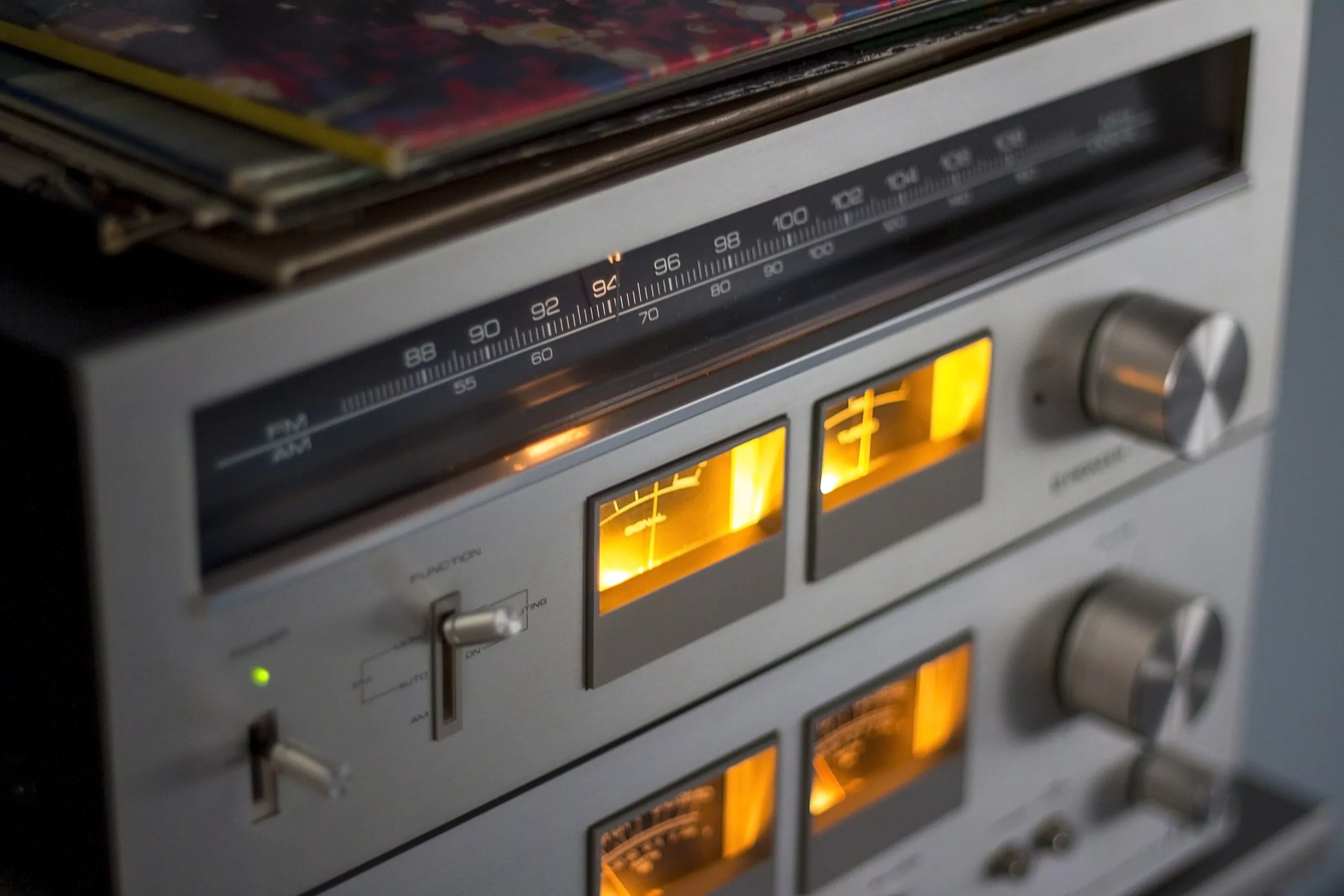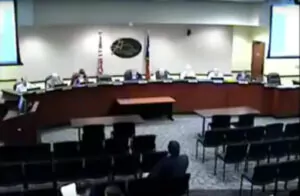How do municipal and state legislatures securely operate remotely involving public participation from guest speakers?
Municipal and state legislatures can securely operate remotely while involving public participation from guest speakers by using open source broadcast automation. This allows for the recording and archiving of legislative broadcasting assemblies, and provides the capability to easily switch messages when detecting audio silences and gaps. The broadcast automation then combines these recordings into a single, time–stamped audio archive.
Your Future Town Council Meeting
Guest Speakers
Contact us to discuss solutions for your Legislative Broadcasting project. We have many years experience with exceptional professional references.
Where you are now for legislative broadcasting?
Kludges, patches and band aids on band aids, Vendor lock in, Already spent considerable resources on proprietary enterprise systems (need to pay even more now) to add or implement a new feature, Limited budgets, not enough HR
We are at a critical point in the history of legislative broadcasting. We need to break away from expensive and cumbersome proprietary enterprise systems, and invest in open source solutions that are flexible, cost–effective, and easily maintainable. By investing in open source software, we can free up resources to focus on the important work that needs to be done, and create better experiences for our constituents.
How can open source can help with broadcasting your legislative assembly challenges?
Open source can help with broadcasting your legislative assembly challenges by providing a unified platform for communication between systems, reducing the amount of resources needed to run a broadcast system, and enabling further integration of systems. It can create a unified platform for communication between systems, allowing multiple proprietary systems to communicate with each other without a unified communication approach. It can also help reduce the amount of resources needed to run a broadcast system, as the code is shared and maintained by a community of developers instead of a single entity. Additionally, open source software can enable further integration of systems, as a unified platform for the broadcast chain can be created. This will allow for remote access within the building and outside the community, as well as multiple computers and laptops open each running a different process for the broadcast chain.
Why do you have work overload broadcasting municipal meetings?
Work overload broadcasting municipal meetings can be attributed to a variety of factors, including anxiety about juggling technology, difficulty navigating complicated systems and workflows, dealing with endless rabbit holes, coordinating with assistants and organizing HR tasks, and a lack of sufficient IT resources. All of these issues can lead to an overwhelming feeling of being unable to keep up with the demands of the job, leading to work overload.
What are your risks continuing with the same broadcast system?
The risks of continuing with the same broadcast system are numerous. These include burning through HR budget, wasting time and resources trying to get users and viewers to use clunky technology, running into security issues if operating outside of a dedicated network, and the potential for malicious content to be broadcast. Additionally, there is a risk of not knowing who is on the call, as well as potential for spoofing or imposters. Lastly, there is the risk of running into bandwidth issues, leading to a poor user experience due to network congestion and jitter.
What you should be doing?
- Develop a broadcast streaming strategy: Establish an effective strategy for broadcasting your content across various platforms such as YouTube, Facebook, Twitter, and other streaming services. Consider the best methods and tools for effective streaming, as well as the best ways to reach the right audience.
- Document control and understanding of your systems: Document all the processes and systems that are in place for your broadcast streaming and track any changes that you make to ensure that everything is up to date. Make sure that all employees are familiar with the systems and processes in place so that they are able to properly use them.
- Implement master kill switches: Master kill switches are a key tool in ensuring that your streaming service is secure and reliable. This tool allows you to quickly shut down any system or process that is malfunctioning, preventing any further damage and saving time in the long run.
- Monitor performance: Monitor the performance of your streaming service to identify any performance issues or potential security risks. Regularly tune your system to ensure that it is running as efficiently and securely as possible.
- Optimize streaming quality: Optimize the streaming quality of your content to ensure that it is able to reach the widest audience possible.
Make the machines do the work of tedious day to day tasks
We offer affordable custom scalable Enterprise Broadcasting solutions designed to meet your community radio and television needs. Subscribe to our Newsletter to stay up–to–date with the latest news and developments in the world of broadcasting. Our team of experts is ready to help you with your project. Moreover, we invite you to Sponsor and Contribute to open source broadcasting projects. To learn more about our services Contact us today how we can help you to get started now!
![]()


